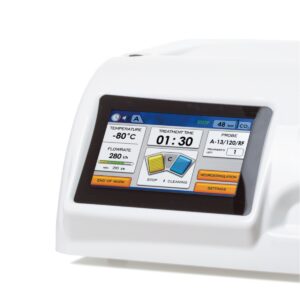Cryoneurolysis procedure
Definition
Minimally invasive outpatient procedure based on the interruption of sensory functions in certain structures of the peripheral nervous system by applying a low temperature (-50°C).
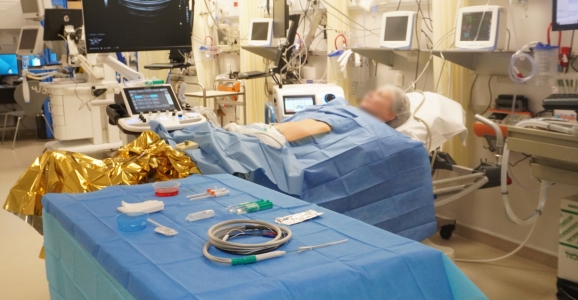
Innovative method of treating chronic pain
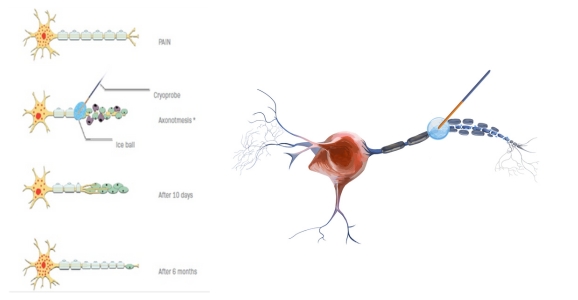
Ice crystals to interrupt sensory functions
The method uses the cryoneurolysis process, during which the ice crystals created by the CRYO-S Painless®, generator destroy the nerve tissue elements that transmit pain information, without damaging the nerve structures. In this way, nerve tissue can regenerate, without the risk of post-procedural neuroma. This procedure is carried out under ultrasound or scopic guidance.
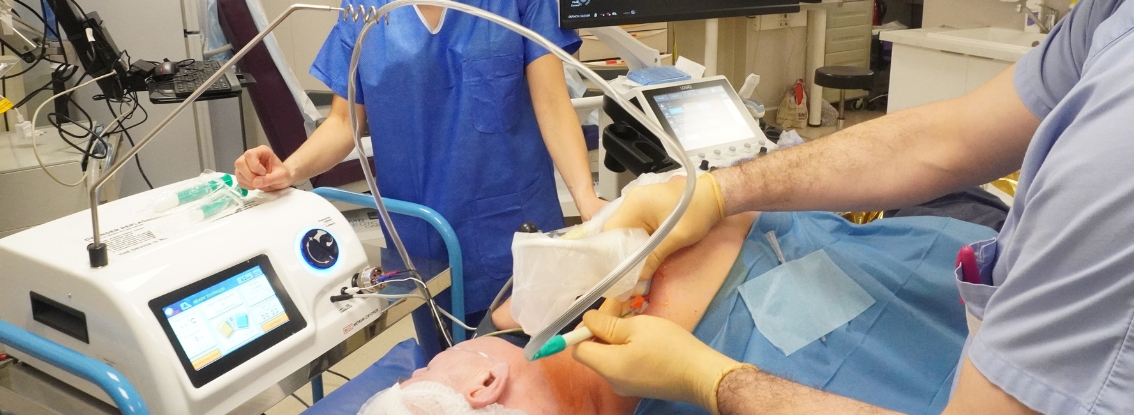
Cryoneurolysis procedure performed by Dr Mourad Aïssou, Hôpital Privé Paul d’Egine.
What is cryoneurolysis used for?
- Regional interventional anaesthesia
- Pain management by nerve cryoneurolysis
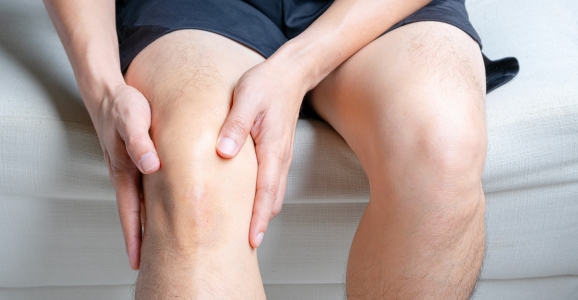
CRYO-S Painless® and cryoprobes
Your equipment for a pain-free future
METRUM CRYOFLEX’s most advanced cryosurgical device for cryoneurolysis. Designed for patients suffering from chronic pain at a level above 5 on the visual analogue scale (VAS).
What is cryoneurolysis used for?

- Facial pain such as trigeminal nerve neuralgia or other non-herpetic neuralgia
Occipital neuralgia, suprascapular neuralgia, ilioinguinal neuralgia, sacroiliac neuralgia and other types of neuralgia - Intervertebral degeneration (facet joint syndrome)
- Pain in the upper and lower limbs
- Phantom limb
- Localised cancer pain
- Chest wall pain in general; chest wall pain after thoracotomy
* Biel et Al.; Niels-Peter et Al.; Goyal et Al.; Grigsby et Al.; Brian et Al.
Clinical applications of cryoneurolysis
Applications identified for targeted use
- Recommended when traditional methods prove unsatisfactory
- Immediate pain relief
- Designed for chronic pain VAS greater than 5
- Designed for peripheral sensory nerves and mixed nerves
*Biel et Al.; Niels-Peter et Al.; Goyal et Al.; Rajendra et Al.; Pathak et Al.

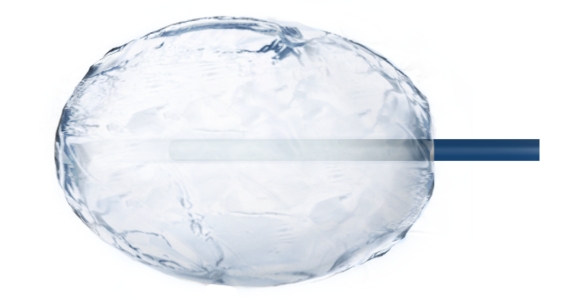
Cryoneurolysis with METRUM CRYOFLEX
An effective and reassuring solution for patients
-
- Instant pain relief
- Reduction in opioid consumption
- High therapeutic efficacy, lasting more than twelve months
- No risk of charring tissue or skin
No risk of neuroma formation
- Destroys nerve function, not its structure
- Cryoprobe and formation of the ice ball visible under ultrasound during the procedure
- Can be repeated, the nerve regenerates
- Rapid return to normal activity, no hospitalisation
- 6 single-use cryoprobes are recommended for maximum adaptability according to indication
*Rajendra et Al.; Pathak et Al.; Biel et Al.; Goyal et Al.; Grigsby et Al.; Brian et Al.
What is cryoablation?
Watch this video to understand cryoablation
Did you know?
The CRYO-S Painless® system allows you to connect 6 different types of cryoprobes, so you can tailor the treatment to your patient’s needs.
The 6 cryoprobes differ in shape and size. 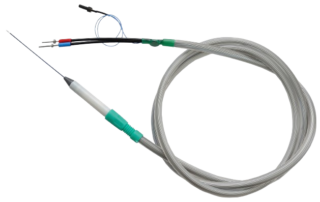 We offer 3 tip shapes: triangular, round or bevelled.
We offer 3 tip shapes: triangular, round or bevelled.
There are 4 different sizes of cryoprobes: 20, 90, 120 and 150 mm in length. There are 3 probe diameters: 20, 16 and 12 gauge.
Finally, for treating pain in the sacroiliac joint, we offer the SIJ probe, which is specially designed to adapt to the specific needs of this treatment.


